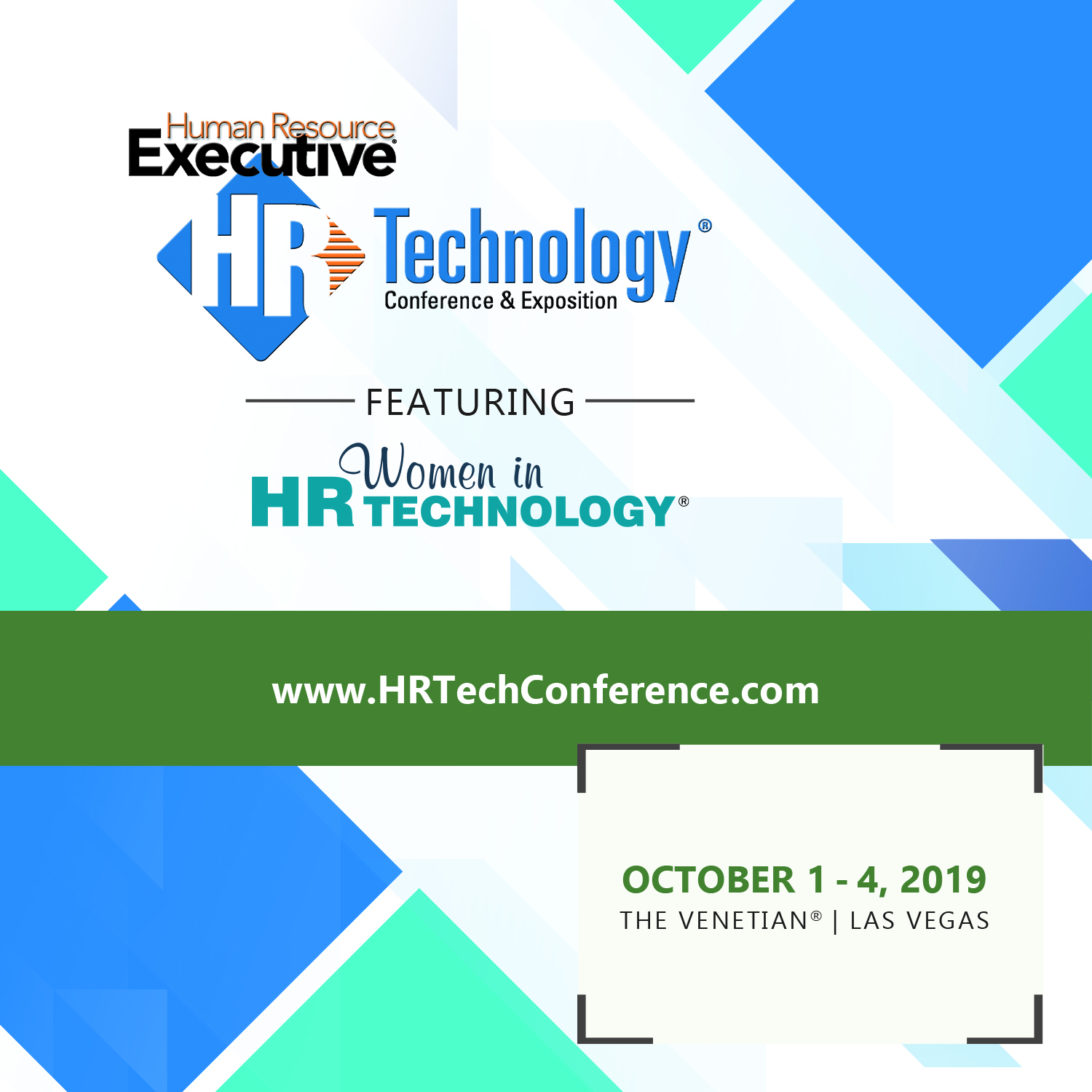Work and the next wave of industry transformation
I like reading stuff from McKinsey and the other Tier 1 management consultancies out there like BCG, Bain, Booz Allen and the like. Sure, sometimes they are a little behind trend, try to place names (and the ensuing trademarked models and frameworks) on general business conditions or trends, and can be accused of being kind of a relic of the 80s and 90s, and out of touch with the modern age of technology and business.
But they still do, reliably, churn out some snappy graphics that make for interesting blog fodder, so that is probably why I still love them.
Case in point, from our pals at McKinsey the below graphic that they call the 'Industry 4.0 Digital Compass', which "consists of eight basic value drivers and 26 practical Industry 4.0 levers. Cross-functional discussions that will help companies find the levers that are best suited to solve their particular problems." These are the big trends that are impacting manufacturing, (and really all kinds of industries), like digital technologies, the internet of things, the increased use of business intelligence tools, and advances in robotics and other forms of automation, and some ideas of how these trends will be applied in business.
Take a look at the chart, paying particular attention to the slice called 'Labor', as that is the section I want to dig into next:

Remember, in this diagram, the items in the inner circle, ('Labor', 'Time to Market', 'Quality', etc.), represent 'value drivers' for the firm, i.e., things that can be exploited to make more profit. The items on the outer ring represent 'levers' that the savvy CEO or CHRO can pull to unlock that value. Let's take a look at McKinsey's four 'Labor' levers for a second and see what, if anything, they might mean for work, workplaces, labor, and HR.
1. Human - Robot Collaboration - For hundreds of years many management and leadership ideas centered around trying to find ways to get people to work better with each other and to more effectively collaborate. These efforts, largely, have had mixed results. After all, the other guy is either a buffoon, or is not motivated, or doesn't have the right skill, or is an egomaniac - #amirite? So instead of trying to 'fix' annoying people so that they will be able to collaborate better, the next phase of technological transformation will focus on making us work better with the robots. This is a noble idea, and likely spells trouble for many of us. While we will remain buffoons, unmotivated, unskilled, and egomaniacal, our robot co-workers will suffer none of these conditions.
2. Remote monitoring and control - Let's take this one very literally and assume this means increased digital monitoring of workers and workplaces, probably through advances and increased adoption of wearable technologies. These will gain traction in many industrial settings as even today wearable technologies from companies like Wearable Intelligence have created incredibly powerful and productivity, (and safety) enhancing applications for manufacturing and field workers. In fact, the McKinsey piece references a trial of a Virtual Reality technology by the company Knapp AG that allows workers to find, identify, and take stock levels of items all via the wearable VR headset. These are extremely interesting and exciting applications of wearable technology in the workplace and likely will ultimately become the lasting means of impact and significance for a wide range of Google Glass type devices.
3. Digital performance management - McKinsey (probably) isn't referring to the simple practice of taking very traditional HR-led performance management processes and documents and automated same. Rather, this is probably a trend, in combination with number two above, to leverage sophisticated tools and technologies to actually measure and improve performance. A great example of this is from the world of sports, specifically how the teams in the NBA have adopted a technology called SportVU Player Tracking, which users a battery of digital video cameras to create a massive data set of player movements, ball movements, and individual and team outcomes of every play in a basketball game. This massive data set, and the ability and technology to make sense of it all, has allowed coaches to better prepare team strategy, team leaders to evaluate player performance fairly and objectively, and players to learn how to become more effective on court. These approaches have relevance beyond sports into areas like agriculture, construction, and more. It is about using data to make people better and organizations more successful and it is coming.
4. Automation of knowledge work - Now we are getting to something probably a little more near and dear to the minds and hearts of folks who are in HR. The first few trends, since this entire construct has a manufacturing/industrial context, are mostly focused on how technology can improve the work performance of front-line, field, assembly, and distribution workers. While many of these kinds of jobs can be augmented with tech, it is also true that the current limitations of robotic technology in particular make many of them still immune from complete automation. Robots for the most part still are not able to take on tasks that require highly variable movements, fine motor skills, and navigating safely in close, uneven, or unpredictable environments. But knowledge work has none of those physical barriers to automation. If the job primarily involves moving bits of information from one digital format to another, then the algorithms are probably not much farther behind than we think.
Taken together, and as a part of the macro-level look at the future of industrial transformation, these labor and workforce trends seem to fit and make sense. Technology will change work in many different and subtle ways, but the undercurrent of all of them speaks towards a future with much closer integration between people and technology - often at a physical level. We will wear technology at work, be tracked in more ways than before, and have to interact with more forms of technology, like robots, than we might be comfortable with.
And the best, most forward-thinking HR professionals are thinking about and leading their organizations in these directions today.

 Steve
Steve

